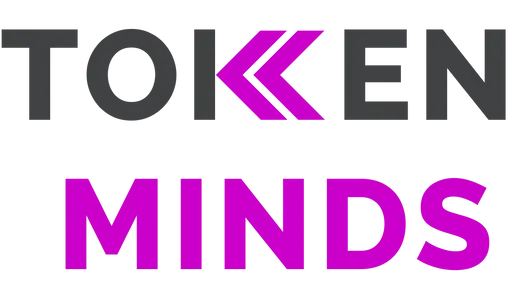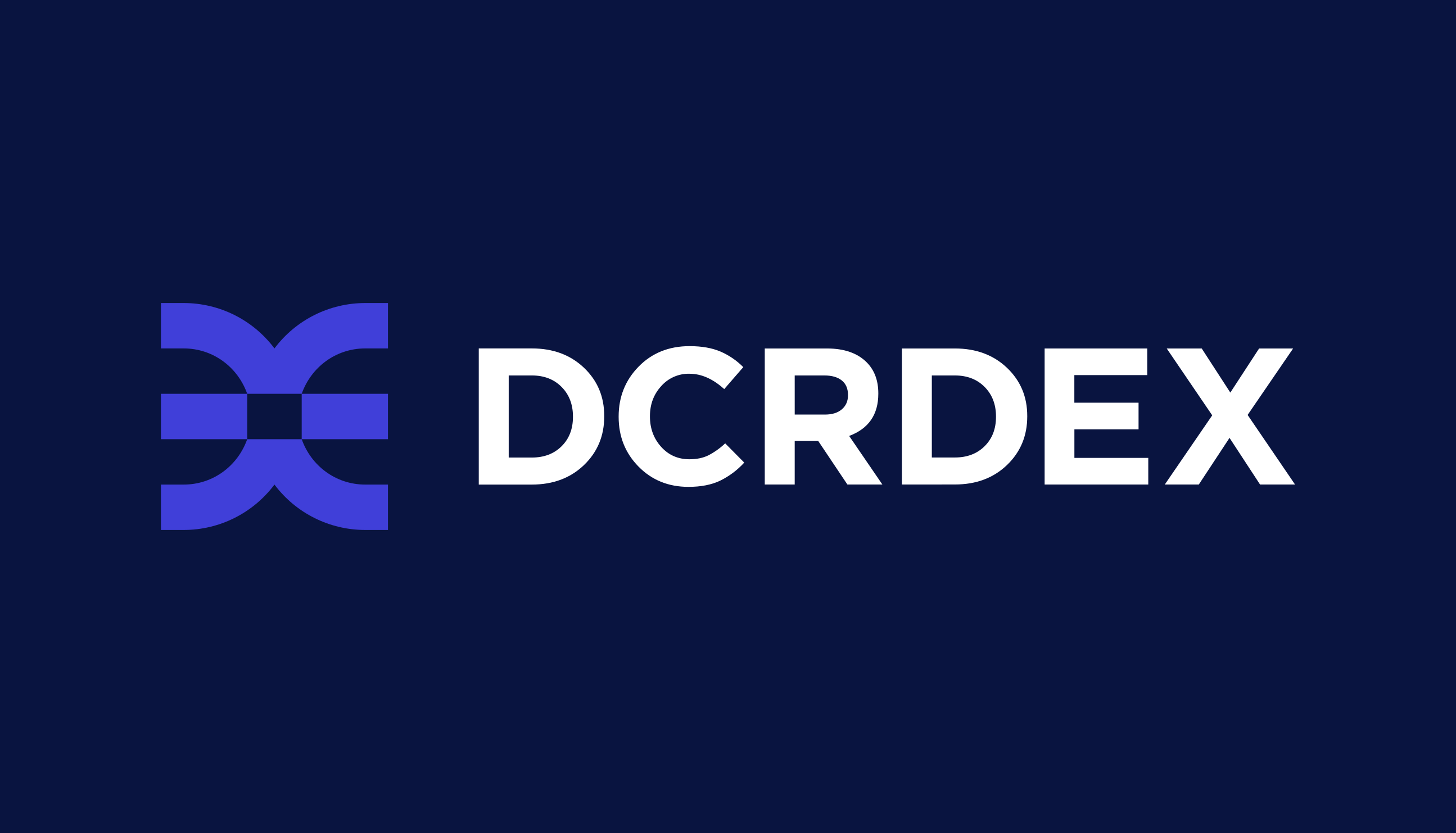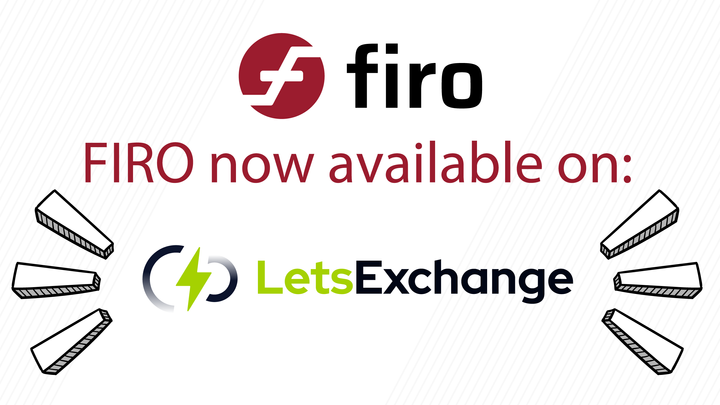In the cryptocurrency space, navigating the complex process of getting listed on exchanges demands a strategic and well-rounded approach.
Introduction:
Securing a listing on cryptocurrency exchanges is a pivotal step for any project looking to gain visibility and liquidity in the market. However, the process can be intricate and competitive, requiring a strategic approach. In this first part comprehensive guide of our two part series, we will explore the key steps and considerations for getting a cryptocurrency listed on exchanges. From understanding the criteria set by exchanges to crafting a compelling application and navigating the intricacies of negotiations, this article aims to demystify the exchange listings process.
I. Understanding Exchange Listing Criteria:
A. Liquidity Requirements
Liquidity requirements stand as a foundational criterion in the complex process of getting a cryptocurrency listed on exchanges. Liquidity, the ease with which an asset can be bought or sold in the market, is crucial for maintaining a healthy trading environment. Exchanges often prioritize listing cryptocurrencies with sufficient liquidity to ensure that users can execute trades without significant slippage. Projects aiming for exchange listings must focus on building liquidity through strategies such as market-making partnerships, token distribution plans that incentivize trading, and fostering active trading communities. Meeting these liquidity requirements not only enhances the chances of securing a listing but also contributes to the overall market perception and attractiveness of the cryptocurrency, creating a positive feedback loop that benefits both the project and its potential investors.

B. Regulatory Compliance
Regulatory compliance is a non-negotiable aspect of the exchange listing journey for any cryptocurrency project. As the blockchain and cryptocurrency space continues to evolve, regulators worldwide are scrutinizing these digital assets to ensure adherence to legal frameworks. Projects seeking exchange listings must prioritize compliance with relevant regulations in the jurisdictions where they operate. This involves navigating complex legal landscapes, understanding and adhering to anti-money laundering (AML) and know your customer (KYC) requirements, and staying abreast of evolving regulatory standards. Proactive engagement with legal experts and regulatory bodies can provide invaluable guidance, helping projects pre-emptively address compliance issues and position themselves favourably for listings on reputable exchanges. Failure to meet regulatory standards not only jeopardizes a project's chances of getting listed but also poses legal risks that can have far-reaching consequences for the project and its stakeholders.
For recent developments please see below references:

C. Technology and Security Standards
Technology and security standards represent a critical cornerstone in the exchange listing process for cryptocurrencies. As the digital landscape continuously evolves, exchanges prioritize projects that demonstrate robust technological infrastructures and stringent security measures. This includes having a secure blockchain protocol, advanced consensus mechanisms, and resilient smart contracts. Projects must not only showcase cutting-edge technology but also adhere to industry best practices in cybersecurity to safeguard user funds and data. Implementing encryption, multi-signature wallets, and regular security audits are paramount. Exchanges scrutinize these aspects rigorously to ensure the safety and integrity of their platforms and user assets. A commitment to maintaining high technology and security standards not only enhances the likelihood of a successful exchange listing but also fosters trust among users, investors, and the broader crypto community, laying the groundwork for long-term success.
1.

D. Community Engagement and Project Viability
Community engagement and project viability are pivotal factors in determining the success of a cryptocurrency in the competitive landscape of exchange listings. The strength and vibrancy of a project's community often serve as a reliable indicator of its potential success. Exchanges are inclined to list cryptocurrencies with active and engaged communities as they contribute to liquidity and ongoing project development. Beyond numbers, the quality of engagement matters — a dedicated community that actively supports the project's goals and understands its utility can significantly enhance its chances of being listed. Moreover, exchanges seek projects with clear use cases and sustainable viability. Demonstrating real-world applications and utility, along with a transparent and well-defined roadmap, establishes a project as not only technologically sound but also as a long-term player in the cryptocurrency space, making it more appealing to both exchanges and investors.

II. Crafting a Compelling Application:
A. Developing a Robust Whitepaper
Developing a robust whitepaper is a crucial step in the process of getting a cryptocurrency listed on exchanges. The whitepaper serves as the foundational document that outlines the project's objectives, technical details, use cases, and the overall vision. Exchanges carefully scrutinize whitepapers to assess the project's viability, transparency, and the potential value it brings to the market. A comprehensive and well-articulated whitepaper not only demonstrates the project's commitment to transparency but also showcases a thorough understanding of the challenges it aims to address and the solutions it proposes. To stand out in a competitive landscape, projects must ensure their whitepapers are not only technically sound but also accessible to a broader audience, clearly conveying the project's value proposition and unique selling points. A well-crafted whitepaper becomes the cornerstone of the project's narrative, influencing both community sentiment and exchange listing considerations.

B. Building a Strong Community Presence
Building a strong community presence is not just a marketing strategy but a fundamental component for any cryptocurrency project aspiring to secure a listing on exchanges. Exchanges often value projects with an engaged and supportive community, recognizing that a dedicated user base contributes to liquidity and market demand. Community building involves active participation on social media platforms, discussion forums, and other channels where enthusiasts and potential investors congregate. Transparent communication, responsiveness to community feedback, and the initiation of community-driven initiatives all play pivotal roles in fostering a strong and vibrant ecosystem. Exchanges, cognizant of the positive impact of robust community support, are more likely to consider projects with an active and loyal following, making community building an essential aspect of the broader strategy for successful exchange listings.

C. Demonstrating Use Case and Utility
Demonstrating a clear use case and utility is a critical aspect of presenting a cryptocurrency project as viable and attractive for exchange listings. Exchanges seek projects that solve real-world problems or offer practical applications, as these are more likely to gain sustained interest from users and investors. Projects need to articulate their value proposition, outlining how their cryptocurrency addresses a specific need or challenge and how it adds tangible value to the ecosystem. Whether it's facilitating faster and cheaper cross-border transactions, enabling decentralized finance (DeFi) applications, or any other use case, a well-defined utility enhances a project's credibility. Demonstrating a clear use case not only increases the likelihood of exchange listings but also instills confidence in potential investors, fostering long-term support for the project within the broader cryptocurrency community.
https://www3.weforum.org/docs/WEF_Cryptocurrency_Uses_Cases_2020.pdf
D. Emphasizing Team Credentials and Project Roadmap
Emphasizing team credentials and presenting a clear project roadmap is paramount when seeking a cryptocurrency exchange listing. Exchanges, as gatekeepers to the crypto market, scrutinize the competence and experience of a project's team to assess its ability to deliver on promises outlined in the project roadmap. A team with diverse and relevant expertise inspires confidence in the project's execution capabilities. Likewise, a well-detailed roadmap, outlining key milestones, development stages, and future plans, serves as a blueprint for the project's trajectory. It not only demonstrates a strategic vision but also reflects the team's commitment to transparency and accountability. Exchanges favor projects that can showcase a competent and dedicated team backed by a well-thought-out roadmap, as it signals a higher likelihood of successful project implementation and sustained growth in the ever-evolving cryptocurrency landscape.

III. Choosing the Right Exchanges:
A. Tiered Exchanges and Their Impact
Tiered exchanges play a pivotal role in the cryptocurrency market, influencing the trajectory and visibility of projects. These exchanges are categorized based on factors like trading volume, reputation, and user base, creating tiers ranging from top-tier to lower-tier platforms. For projects seeking a listing, the choice of exchange tier can significantly impact their market exposure and credibility. Top-tier exchanges, with their large user bases and robust liquidity, offer heightened visibility and increased trading opportunities. However, they often come with higher listing fees and stringent listing requirements. Lower-tier exchanges may be more accessible but might lack the same level of user trust and trading activity. Navigating the landscape of tiered exchanges requires a strategic approach, considering factors such as target audience, project goals, and available resources. A thoughtful selection aligns with a project's overall strategy, balancing the benefits and costs associated with different tiers, ultimately influencing the project's reach and success in the broader crypto market.

B. Balancing Listing Costs and Benefits
Balancing listing costs and benefits is a critical consideration for cryptocurrency projects aiming to secure exchange listings. Each exchange, especially those in higher tiers, typically imposes listing fees, and these costs can vary widely. While getting listed on reputable exchanges can enhance a project's visibility, credibility, and liquidity, the associated expenses must be carefully weighed against the potential advantages. Projects need to assess their budget constraints, financial goals, and the targeted user base to determine the optimal exchange for listing. Balancing costs and benefits also involves considering the potential increase in token liquidity, exposure to a broader market, and the overall impact on the project's long-term viability. Striking the right balance ensures that the listing investment aligns with the project's strategic objectives and maximizes the potential for success in the competitive cryptocurrency landscape.

C. Building Strategic Partnerships
Building strategic partnerships is a key element in the journey of a cryptocurrency project towards exchange listings. Partnerships not only broaden a project's network but also signal credibility and relevance in the industry. Collaborating with other blockchain projects, industry influencers, or established entities can provide access to shared resources, expertise, and a broader user base. For exchange listings, partnerships can be instrumental in garnering support from the community, attracting liquidity, and creating synergies that benefit all parties involved. Exchanges often value projects with a strong network and a demonstrated ability to collaborate effectively. Therefore, forging strategic partnerships becomes not only a means to strengthen a project's position in the market but also a compelling factor for exchanges when considering potential listings.
Great article for reference:
D. Building your own DEX for example the Decred Project(DCRDEX)
DCRDEX, short for Decred Decentralized Exchange, is a notable project in the decentralized finance (DeFi) space, aiming to provide a trustless and non-custodial exchange platform. Developed by the Decred community, DCRDEX leverages the principles of the Decred blockchain, known for its emphasis on decentralized governance and hybrid proof-of-work/proof-of-stake consensus mechanism. The exchange facilitates peer-to-peer trading of various cryptocurrencies while ensuring security and privacy. One of DCRDEX's distinguishing features is its commitment to decentralization, as it operates without an intermediary or central authority, allowing users to retain control of their funds throughout the trading process. By embracing the ethos of decentralization and user empowerment, DCRDEX contributes to the evolving landscape of decentralized exchanges, providing an alternative for users who prioritize security, privacy, and the principles of decentralized finance.

IV. Navigating the Listing Process:
A. Initial Contact and Expression of Interest
The process of getting a cryptocurrency listed on exchanges often begins with the initial contact and expression of interest. For a project seeking a listing, reaching out to exchanges involves presenting a compelling case that highlights the project's unique value proposition, adherence to regulatory standards, and readiness for the listing process. This initial contact sets the tone for future interactions and negotiations. Clear and concise communication is essential, including details about the project's technology, use case, team credentials, and community engagement. Expressing interest in a listing requires a strategic approach, showcasing the project's potential to contribute to the exchange's ecosystem. As the first step in a potentially complex journey, a well-crafted initial expression of interest can capture the attention of exchanges and pave the way for further discussions and due diligence in the listing process.

B. Due Diligence and Documentation
Due diligence and documentation represent a crucial phase in the cryptocurrency exchange listing process. Exchanges conduct a thorough review of a project's technical, legal, and financial aspects to ensure it aligns with their listing criteria and regulatory standards. Projects seeking listings must provide comprehensive documentation, including but not limited to their whitepaper, technical specifications, legal opinions, and financial statements. This meticulous process involves a deep dive into the project's codebase, security measures, and compliance with relevant regulations. Exchanges assess the credibility of the project's team, scrutinizing their experience and qualifications. Clear and transparent documentation not only expedites the due diligence process but also instills confidence in the exchange and its user base. The success of this phase is pivotal for projects, as it lays the foundation for fruitful collaboration with the exchange and contributes to building trust within the broader cryptocurrency community.

C. Negotiating Listing Fees and Terms
Negotiating listing fees and terms is a critical juncture in the cryptocurrency exchange listing process, requiring a delicate balance between the project's budget constraints and the exchange's requirements. Listing fees vary widely among exchanges, and negotiations typically involve discussions on the cost, payment structure, and additional terms such as market-making arrangements or promotional activities. Projects must navigate these negotiations strategically, seeking a fair deal that aligns with their financial capacity while acknowledging the value brought by the exchange's user base and market exposure. Transparent communication and a well-prepared negotiation strategy are key, ensuring that both parties find common ground. Successful negotiations not only secure the listing but also set the tone for a positive, collaborative relationship between the project and the exchange, with mutual benefits in terms of liquidity, market presence, and sustained growth.

D. Fulfilling Post-Listing Requirements
Fulfilling post-listing requirements represents the final stage in the cryptocurrency exchange listing process, marking the beginning of an ongoing relationship between the project and the exchange. Post-listing requirements typically involve adhering to the exchange's rules, regulations, and standards to maintain a positive standing within the platform. This could include regular updates on the project's development, compliance with any ongoing regulatory changes, and participation in the exchange's marketing initiatives to bolster visibility. Effective communication and transparency remain crucial during this phase, as exchanges often value projects that actively engage with their user base and the broader community. Fulfilling post-listing requirements not only ensures the project's continued presence on the exchange but also fosters a collaborative environment that benefits both the project and the exchange, contributing to a vibrant and resilient cryptocurrency ecosystem.

Conclusion:
In the cryptocurrency space, navigating the complex process of getting listed on exchanges demands a strategic and well-rounded approach. In this first part of our guide, we've delved into the foundational aspects of exchange listing, emphasizing the critical understanding of listing criteria. From liquidity requirements to regulatory compliance, technology and security standards, and the pivotal role of community engagement, we've established the fundamental pillars that projects must address to secure a listing. Crafting a compelling application is equally crucial, involving the development of a robust whitepaper, building a strong community presence, and showcasing the use case, utility, team credentials, and project roadmap. As we've explored the intricacies of choosing the right exchanges, weighing the impact of tiered listings and considering the delicate balance between costs and benefits, the roadmap becomes clearer. Navigating the listing process, from the initial contact to the negotiation of terms and fulfilling post-listing requirements, requires diligence and strategic prowess. In the journey to exchange listings, projects must be well-prepared, transparent, and proactive. The insights provided in this article lay the groundwork for the comprehensive guide that follows, ensuring projects are equipped with the knowledge needed to embark on the next phases of their listing journey successfully.
















Comments ()